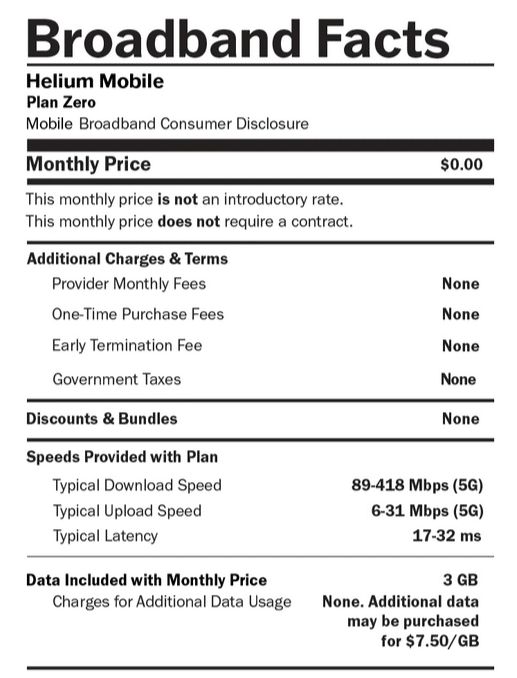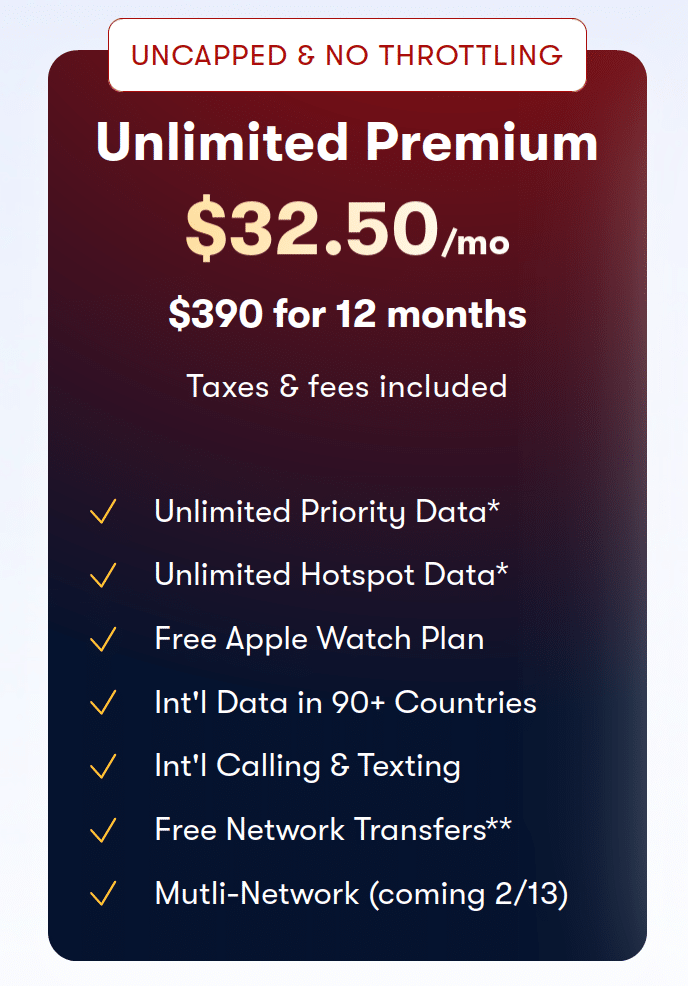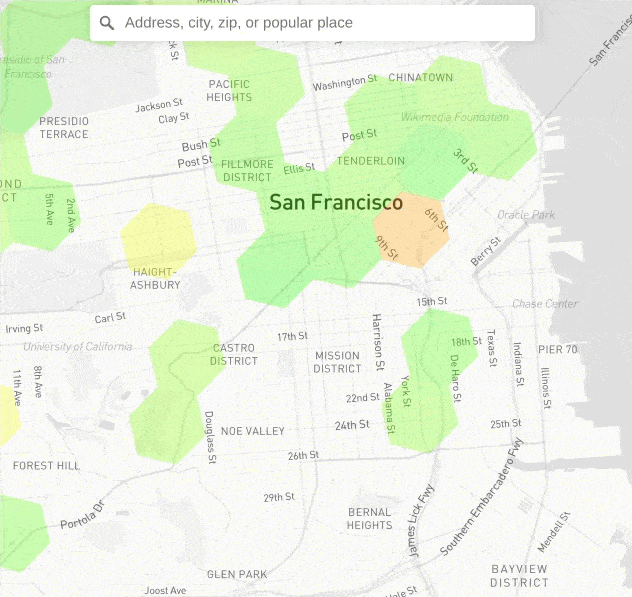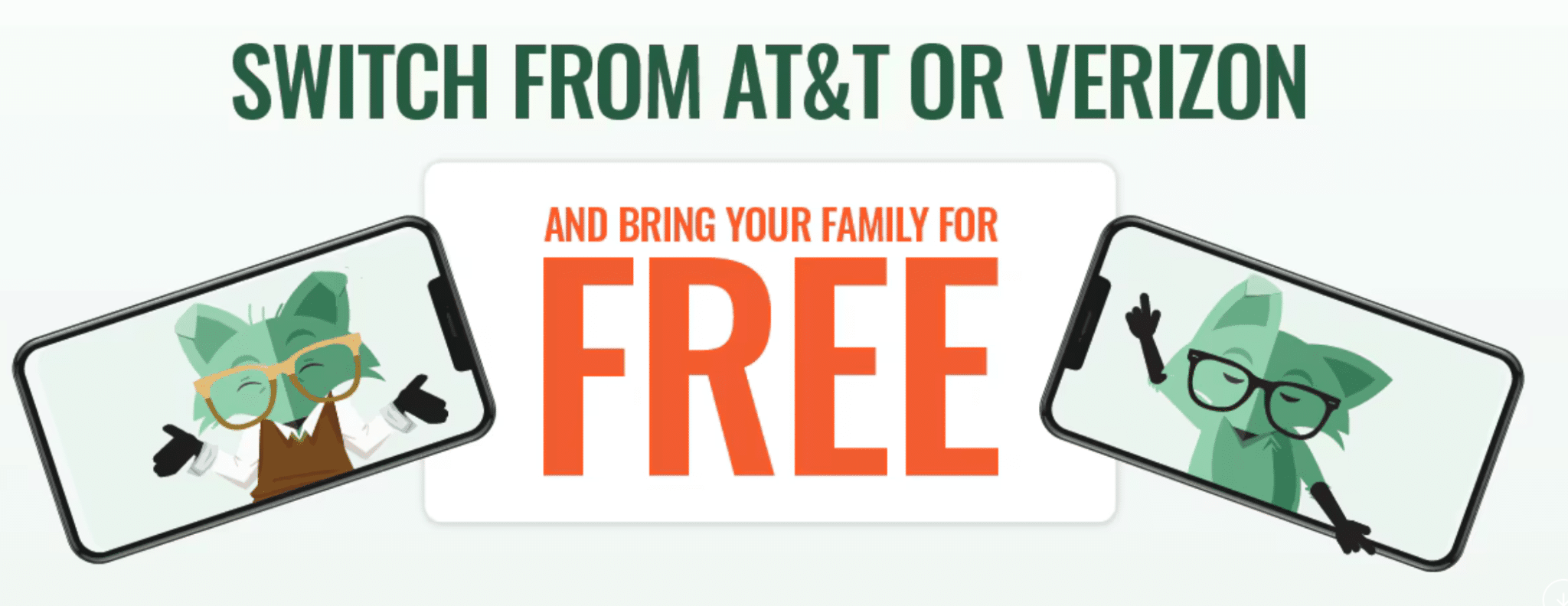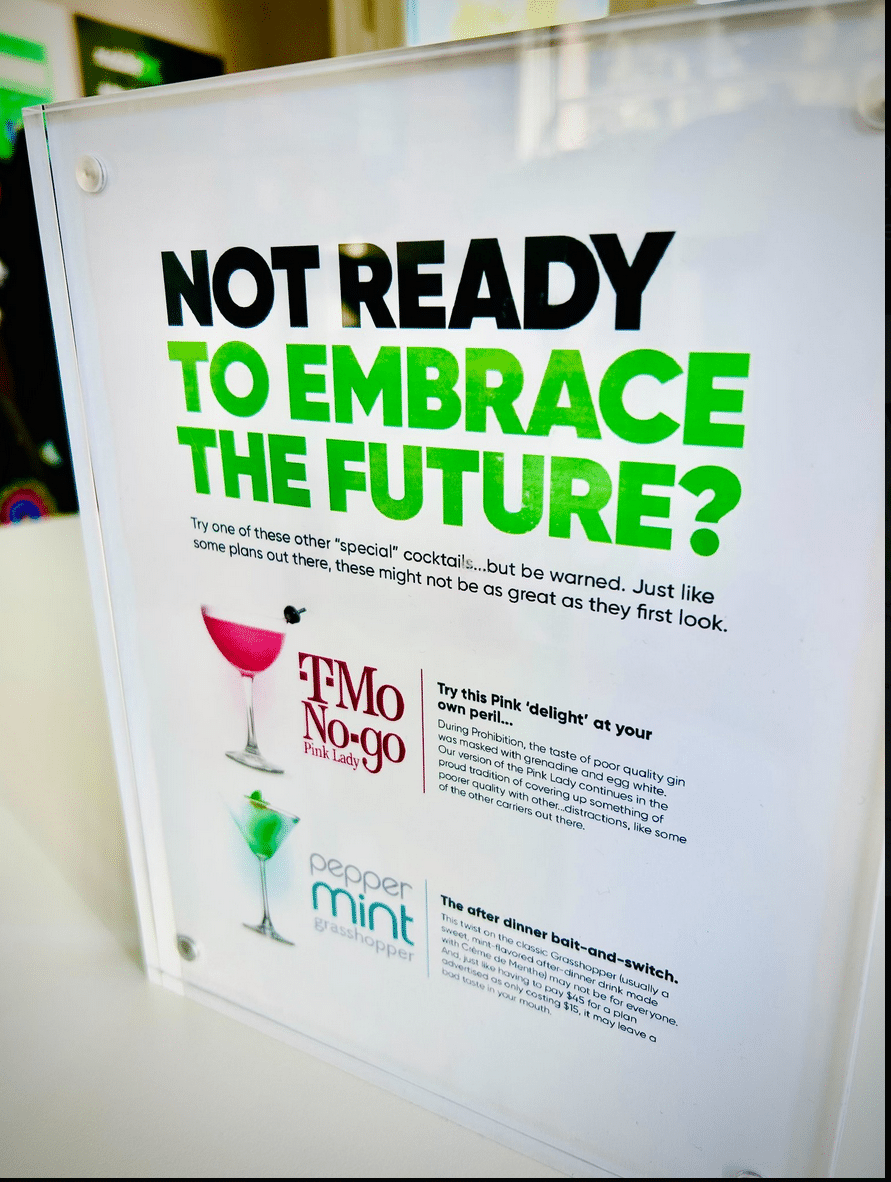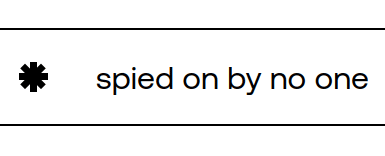Last month, Helium Mobile launched its Zero plan. While the plan may not be around forever, it’s genuinely free and not just a short-term trial.
The Zero plan includes:
- 3GB of data
- 100 minutes
- 300 texts
Helium Mobile markets this as “invite-only” with a waitlist, but this appears to be mostly a marketing tactic. Invite codes are readily available, and Helium Mobile regularly emails waitlisted users encouraging them to sign up.
Beyond being free, subscribers can earn “Cloud Points” that will apparently soon be redeemable for gift cards and other rewards.
Some have suggested the plan is free because Helium Mobile profits by selling user data. Here’s an excerpt from The Mobile Report:
Helium Mobile’s Costs
Roughly guesstimating, I bet it costs Helium Mobile $10-$20 per month to offer service to someone that uses all their allotted data, minutes, and texts on the free plan. Realistically, average use is going to be well below the maximum permitted use (especially since many people will use Helium Mobile’s Zero plan as a supplement to their primary phone plan).1
Helium Mobile’s Goal
The user data Helium Mobile collects probably isn’t valuable enough to sustain this model. With venture capital backing, they’re likely focused on rapid subscriber growth, generating publicity, and converting free users to paid plans down the road.
Anyhow, credit where credit is due. The Zero plan has the most impressive Broadband Label I’ve ever seen:
